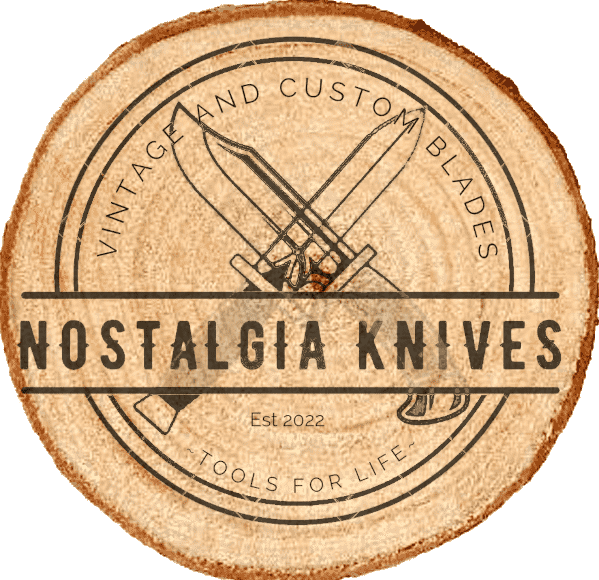The Renaissance of Blades: Knives in Medieval History.
The Renaissance of Blades: Knives in Medieval History.
Introduction:
The medieval period stands as a tapestry of chivalry, warfare, and cultural transformation. Within this rich historical backdrop, knives played a pivotal role, evolving in both form and function. This article delves into the Renaissance of Blades during medieval times, exploring the diverse roles knives played in daily life, warfare, and the cultural fabric of this extraordinary era.
Medieval Craftsmanship:
The medieval period witnessed a revival of craftsmanship, and knives were no exception. Bladesmiths honed their skills, perfecting the art of forging and tempering metal. The design of medieval knives often reflected the intricate aesthetics of the time, with handles carved from bone or wood and blades adorned with engravings and inscriptions.
Everyday Life and Domestic Use:
In medieval households, knives were ubiquitous tools, serving a multitude of purposes. From the humble eating knife to more specialized implements like bread knives and utility knives, these everyday tools were essential for daily survival. Knives were used for food preparation, crafting, and a myriad of household tasks, making them indispensable in medieval domestic life.
The Seax: A Symbol of the Early Medieval Era:
One of the iconic knives of the early medieval period was the seax, a versatile single-edged blade with a distinct upward curve. Originating from Germanic tribes, the seax held cultural and symbolic significance. It served as a practical tool for everyday use, but its long, narrow blade also made it effective in combat. The seax became a symbol of status and identity, worn by warriors and common folk alike.
The Dagger: A Weapon of Choice:
As warfare became an integral part of medieval life, the dagger emerged as a crucial weapon. Knights and nobles carried ornate and finely crafted daggers as both a status symbol and a practical sidearm. The dagger’s double-edged blade and pointed tip made it effective for thrusting and close-quarters combat. Often adorned with intricate hilts and sheaths, these daggers were not only lethal weapons but also objects of artistic expression.
Culinary Culture and Rituals:
Medieval feasting was a grand affair, and knives played a central role in the culinary aspects of these celebrations. Feasting knives, distinguished by their size and ornate handles, were used for carving and serving at the banquet table. Some knives were even equipped with prongs, turning them into dual-purpose eating and serving utensils. The craftsmanship applied to these knives reflected the cultural importance placed on communal dining and the art of hospitality.
Symbolism and Ceremonial Knives:
Knives in medieval times were not merely utilitarian; they held symbolic and ceremonial significance. Ceremonial knives, often richly adorned with precious metals and gemstones, were used in rituals, ceremonies, and even religious observances. These ornate knives were symbols of authority, prestige, and cultural identity, reflecting the interconnectedness of material culture and belief systems.
Folding Knives and Innovation:
The late medieval period saw the emergence of folding knives. While not as common as fixed-blade counterparts, folding knives offered practicality and convenience. These knives featured a pivot mechanism that allowed the blade to fold into the handle, making them compact and easy to carry. Folding knives became popular among travelers, merchants, and those seeking a discreet everyday tool.
Conclusion:
The Renaissance of Blades during medieval times showcases the multifaceted role knives played in shaping the culture, lifestyle, and warfare of the era. From the utilitarian tools of daily life to the finely crafted daggers of nobility, knives were not only functional but also cultural artifacts. Their evolution mirrored the societal shifts of the medieval period, leaving an enduring legacy that continues to influence the design and significance of knives to this day.

